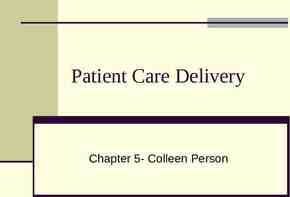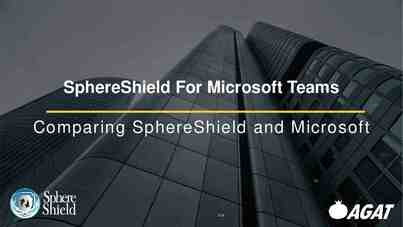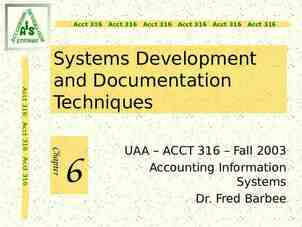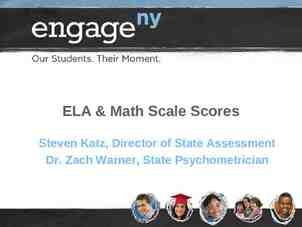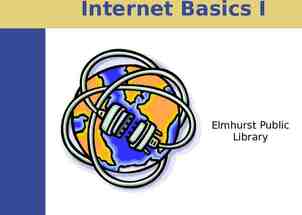CS-2303 System Programming Concepts Hugh C. Lauer Adjunct
25 Slides4.91 MB

CS-2303 System Programming Concepts Hugh C. Lauer Adjunct Professor (Slides include materials from The C Programming Language, 2nd edition, by Kernighan and Ritchie and from C: How to Program, 5th and 6th editions, by Deitel and Deitel) CS-2303, C-Term 2010 Introduction 1

Introduction Survey and TA/SA Introductions Pause to Look Backwards and Forwards Course Objectives Course Operation/Expectations Course Plan and Syllabus Systems Concepts ‘Old’ Development Environment – C and C Higher Level Language History CS-2303, C-Term 2010 Introduction 2

Look Backwards and Forwards Computers WPI CS Curriculum Instructor Students – Expected Background – Going Forward – Your Future CS-2303, C-Term 2010 Introduction 3

CS2303 Course Objectives To expose students to lower level systems interface ’grunge’ only clearly visible via C. To learn to program in C by learning to program in C first. To further develop the ability to design programs with emphasis on the abstract view of data structures. To get experience with the low-level implementation of data structures in C. CS-2303, C-Term 2010 Introduction 4

CS2303 Course Objectives To learn the advantages of programming in an object-oriented language such as C . To experience programming in the Large CS-2303, C-Term 2010 Introduction 5

CS2303 Course Objectives Pointers!! CS-2303, C-Term 2010 Introduction 6

Course Operation/Expectations The course web site:– http://web.cs.wpi.edu/ cs2303/c10/ Contains:– You o n a re r esp the c Syllabus our onsib se we le for bs General overview ite every th ing Rules and expectations All lecture notes All programming and lab assignments CS-2303, C-Term 2010 Introduction 7

Course Operation/Expectations (continued) One lab per week Required Approx 6 Programming Assignments 2 Exams Mid-term:– week of Feb 8 (approx) Final:– March 5 CS-2303, C-Term 2010 Introduction 8

Grading Exams:– 40% Programming Assignments:– 40% nts e gnm ssi A ing m ram g o r n P course o As des this T a r d an ry g pass r o o t ss ac ed to f e f s i o Pr Sat requir e h at t are h t st e r nte re! i r you you a n i CS-2303, C-Term Introduction It is w2010 who kno Labs and Subjective Evaluation:– 20% 9

Course Plan and Syllabus Approx 50% C, approx 50% C To cover the details of C briskly. – Assume an understanding of iteration and conditional constructs — similar to Java To introduce data structures in C via Arrays and pointers (very different from Java). Structs and unions {Note - reading of the textbook will require jumping around during the C portion of the course.} CS-2303, C-Term 2010 Introduction 10

Required Textbook Deitel & Deitel, 5th ed. C & C Went out of print at end of 2009! Bookstore has enough copies for CS-2303! CS-2303, C-Term 2010 Introduction 11

Alternative Textbook Deitel & Deitel, 6th ed. C & C Similar to 5th edition. C chapters have different numbers. Note: all references to pages, figures, and examples will be relative to 5th edition! CS-2303, C-Term 2010 Introduction 12

Highly Recommended for CS Majors Over 20 years old! Still relevant – Will refer to it often! Cheap – Used on Amazon – Download PDF Keep a copy on your desk for the rest of your professional life! CS-2303, C-Term 2010 Introduction 13

Questions? CS-2303, C-Term 2010 Introduction 14

Your First Programming Assignment Due: next Thursday, Jan 21, 11:59 PM! Create a 12-month calendar for an arbitrary year! Full details on course web site:– Programming Assignments Scroll to bottom PA1 Reading:– D&D, Chapters 2, 3, 4 – This part of the C language is a lot like Java – Except printf(), scanf() See D&D Chapter 9 or K&R Chapter 7 for details CS-2303, C-Term 2010 Introduction 15

Why C? Because we have to! Many situations where it is only language or system available Small, embedded systems, instrumentation, etc. Many “low-level” situations that don’t have support for “high-level” languages Operating systems, real-time systems, drivers CS-2303, C-Term 2010 Introduction 16

Why not C? C is very low-level Data structures must be programmed “by hand” Operations must be done out in “long hand” No support for “object oriented” design Marginal support for higher-level thought processes Much, much harder to use than higher level languages/systems Better alternatives available for almost all applications Java, Python, Ruby, etc. – many CS situations Matlab, SimuLink – physical modeling LabView – instrumentation and control Excel – accounting and statistics SQL – billing and transactions CS-2303, C-Term 2010 Introduction 17

What about C ? Object-oriented thinking Data abstractions, classes, objects, interfaces Operator overloading Inheritance Lots of other good stuff Backward compatible with C To some extent Allows programmer to get close to hardware when needed Allows programmer to get close to data representation when needed Not platform independent (like Java) Still need to be conscious of memory management CS-2303, C-Term 2010 Introduction 18

C Program Development Environment Standard Steps 1. 2. 3. 4. 5. 6. Edit Preprocess Compile Link Load Execute Deitel & Deitel 2007 Pearson Ed -All rights reserved. CS-2303, C-Term 2010 Fig. 1.1 Typical C development environment. Introduction 19

A Short History In the beginning Machine language Assembly language Really primitive! Too difficult for big projects – One line per machine instruction So “high level” languages were invented Non-recursive:– Fortran, Cobol Recursive:– Algol, Lisp, Snobol, PL/1, etc. Too advanced! Too much infrastructure for operating systems, control systems, many kinds of projects CS-2303, C-Term 2010 Introduction 20

A Short History (continued) 1960s:– “system programming” languages invented More direct control over hardware Not so primitive as Assembly Language E.g., a veritable alphabet soup BLISS, BCPL, PL/360, CS-2303, C-Term 2010 Introduction 21

A Short History (continued) Late 1960s:– MIT’s MULTICS project doesn’t live up to expectation Bell Labs wants to pull out Ken Thompson starts on Unix as alternative Thompson creates own system language Based on BCPL, untyped, called B First version of Unix written in B Unix takes hold inside Bell Labs Needs to be re-written Dennis Ritchie et al create C as typed successor to B CS-2303, C-Term 2010 Introduction 22

A Short History (continued) C wins the race of “system programming” languages Language of choice for many operating systems Many applications Object-oriented programming begins to emerge Stroustrup starts on C with Classes Backward compatible with C Later renamed C CS-2303, C-Term 2010 Introduction 23

A Short History (continued) By 1990, C is language of choice for many kinds of applications Good:– object-oriented, classes, inheritance, etc. Bad:– all of the ugly characteristics of C still persist Complex object model, memory management, etc. Jim Gosling at Sun Microsystems starts a complete rewrite of C Simpler object model Cleaner Portable, can be embedded in web pages, etc. Eventually called Java CS-2303, C-Term 2010 Introduction 24

Questions? CS-2303, C-Term 2010 Introduction 25

